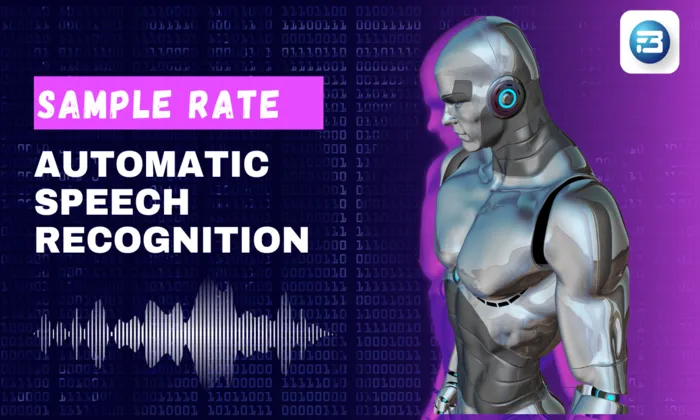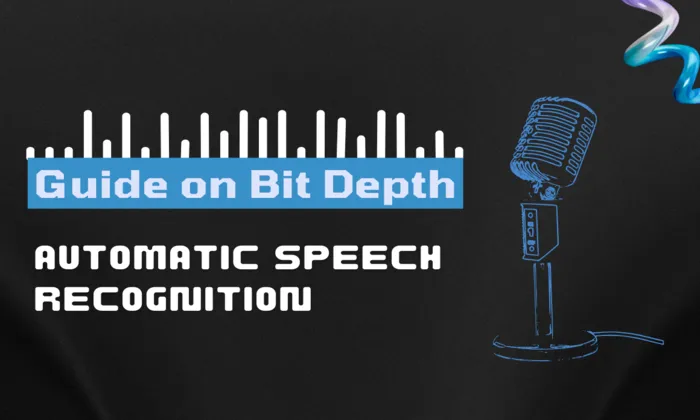What is the impact of inconsistent data quality on voice cloning model training?
Data Quality
Voice Cloning
Speech AI
Inconsistent data quality can significantly undermine the training of voice cloning models, leading to issues that impact their performance and usability. Understanding this impact is crucial for AI engineers, product managers, and researchers developing voice synthesis technologies.
The Role of Data Quality in Voice Cloning
Voice cloning relies on high-quality audio datasets that capture a diverse range of speech styles, accents, and emotional tones. Quality data is the backbone of a model's ability to reproduce natural-sounding speech. Factors that contribute to inconsistent data quality include:
- The recording environment
- Speaker variability
- Annotation errors
These factors directly affect model outcomes, making consistent data quality essential for high-performance voice cloning.
Why Consistent Data Quality is Essential for Voice Cloning
- Audio Fidelity: The nuances of human speech are best captured with high-quality recordings, typically at a sample rate of 48kHz and 24-bit depth. Inconsistent audio quality—whether due to poor recording equipment, background noise, or varying recording conditions—can introduce artifacts that confuse the model.
- Speaker Diversity: A representative dataset must include speakers from various demographics. Inconsistent speaker representation—such as uneven gender representation or lack of regional accents—limits the model's ability to generalize across different user groups.
- Annotation Quality: Accurate transcriptions and metadata are vital for training. Inconsistent or inaccurate annotations mislead the model, resulting in poor real-world performance.
Impacts of Inconsistent Data Quality
The effects of inconsistent data quality in voice cloning models include:
- Degraded Performance: Poor-quality data leads to models that struggle to produce coherent and contextually accurate speech. For example, significant background noise may hinder the model's ability to distinguish between phonemes, leading to unclear outputs.
- Bias and Limitations: Without diverse training data, models may not accurately reflect the speech characteristics of different user groups, performing well for some accents but poorly for others.
- Increased Training Time and Costs: Addressing the impacts of poor data quality often requires additional training and fine-tuning, increasing both the time and costs associated with model development.
Strategies for Ensuring Data Quality in Voice Cloning
To ensure consistent, high-quality data, consider the following strategies:
- Data Collection: Implementing strict quality controls during speech data collection is crucial. This may involve using professional recording environments and equipment, or employing skilled audio engineers to oversee the process.
- Annotation Processes: Robust speech annotation workflows with multiple layers of quality assurance help ensure accurate transcriptions and metadata. Utilizing tools designed for annotation QA can streamline this process.
- Balancing Diversity and Uniformity: Teams must define project goals clearly to determine the right balance between collecting diverse speaker data and maintaining consistent recording quality.
Common Missteps and How to Avoid Them
Even experienced teams can overlook critical aspects of data quality. Common missteps include:
- Prioritizing Quantity Over Quality: Teams sometimes focus on volume rather than quality, leading to datasets rich in data but poor in usability. It's crucial to prioritize quality control at every stage of data collection and processing.
- Neglecting Diverse Representation: Focusing too narrowly on specific demographics can result in biased models. Ensuring a broad representation of voices is essential for creating inclusive AI systems.
- Ignoring Feedback Loops: Continuous evaluation and refinement of the training data are essential. Establishing feedback mechanisms allows teams to learn from model performance and iteratively improve their datasets.
Partnering with FutureBeeAI for Quality Data
For projects requiring reliable and high-quality voice data, FutureBeeAI offers custom datasets recorded in professional studios, ensuring optimal audio fidelity. Our global network of speakers provides diverse and representative data, crucial for training robust voice cloning models. By leveraging our expertise, AI teams can streamline data collection and focus on developing advanced voice synthesis technologies.
Smart FAQs
Q. What are some best practices for ensuring high data quality in voice cloning?
A. To ensure high data quality, use professional recording environments, standardize recording protocols, and implement rigorous annotation processes with multiple layers of quality assurance.
Q. How can bias in voice cloning datasets be minimized?
A. Minimize bias by collecting a diverse range of voice samples representing various demographics, including different genders, ages, and accents. Continuous monitoring and evaluation of the model's performance across these demographics can help identify and address biases.
What Else Do People Ask?
Related AI Articles
Browse Matching Datasets
Acquiring high-quality AI datasets has never been easier!!!
Get in touch with our AI data expert now!








